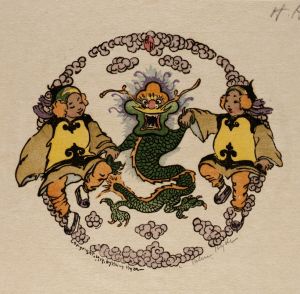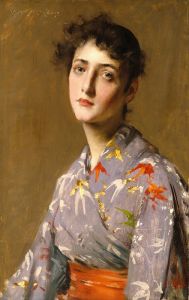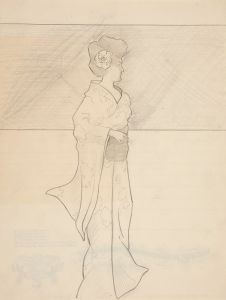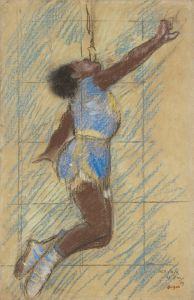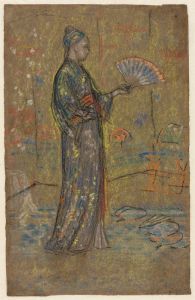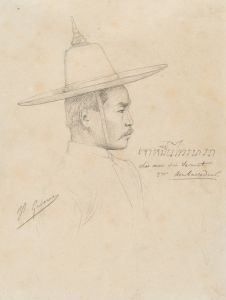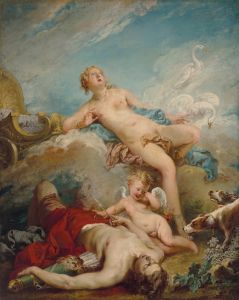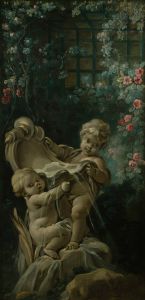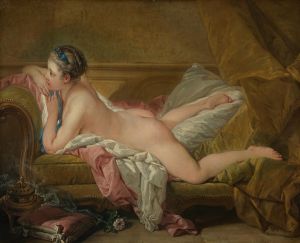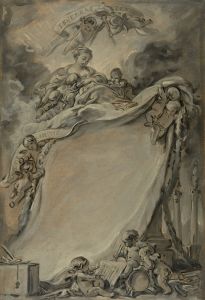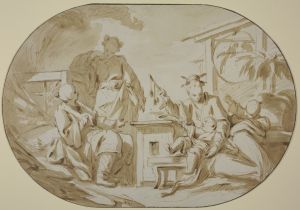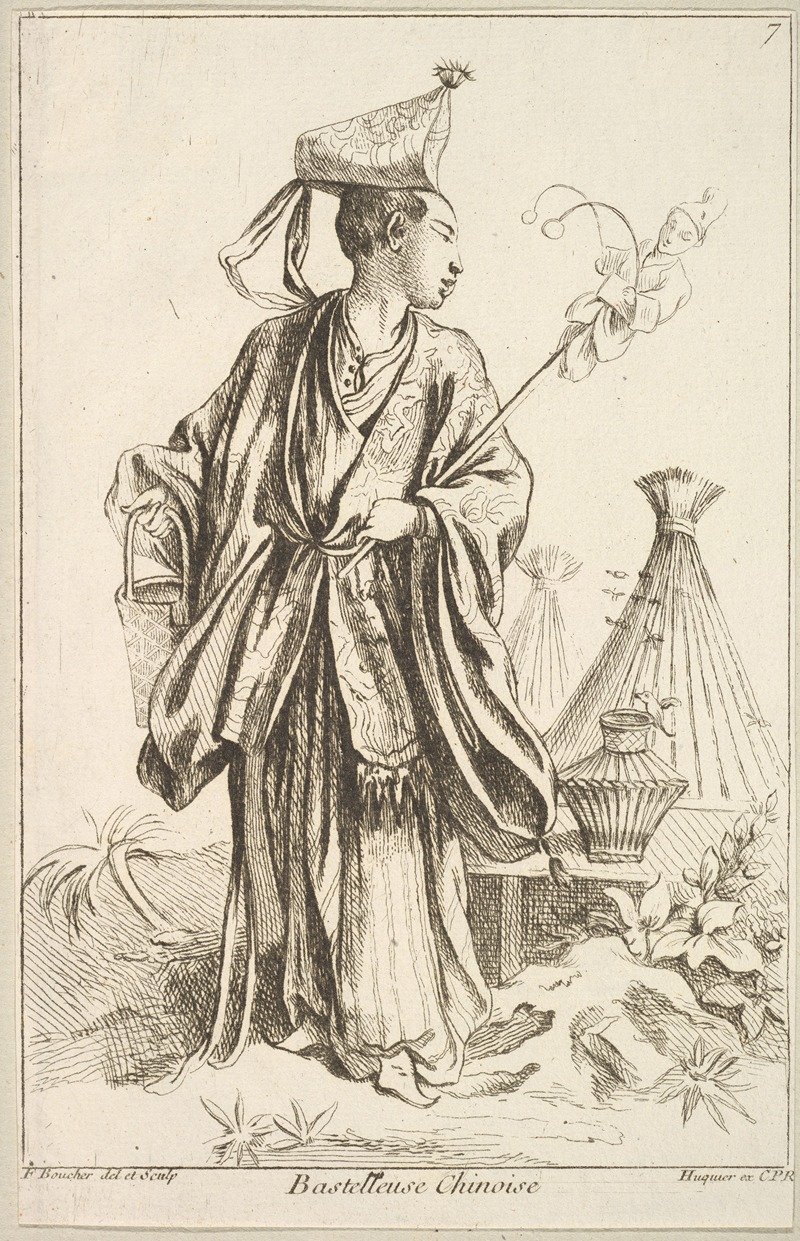
Chinese Performer
A hand-painted replica of François Boucher’s masterpiece Chinese Performer, meticulously crafted by professional artists to capture the true essence of the original. Each piece is created with museum-quality canvas and rare mineral pigments, carefully painted by experienced artists with delicate brushstrokes and rich, layered colors to perfectly recreate the texture of the original artwork. Unlike machine-printed reproductions, this hand-painted version brings the painting to life, infused with the artist’s emotions and skill in every stroke. Whether for personal collection or home decoration, it instantly elevates the artistic atmosphere of any space.
François Boucher, a prominent French painter of the Rococo style, is known for his idyllic and voluptuous paintings, which often depict classical themes, pastoral scenes, and playful mythological subjects. One of his lesser-known works is "Chinese Performer," which reflects the 18th-century European fascination with Chinoiserie—a style that incorporates Chinese artistic influences.
"Chinese Performer" is a painting that exemplifies the Rococo era's interest in exoticism and the incorporation of Asian elements into European art. During the 18th century, Europe experienced a growing fascination with the art and culture of China, fueled by increased trade and the import of Chinese goods such as porcelain, silk, and lacquerware. This fascination was part of a broader trend known as Chinoiserie, which influenced various forms of art, including painting, architecture, and decorative arts.
Boucher's work often included elements of Chinoiserie, and "Chinese Performer" is a testament to this influence. The painting depicts a figure in traditional Chinese attire, engaged in a performance. The attire and setting are stylized, reflecting European interpretations of Chinese culture rather than authentic representations. This approach was typical of Chinoiserie, which often romanticized and idealized Asian cultures through a European lens.
The painting is characterized by Boucher's signature style, which includes soft, pastel colors, delicate brushwork, and an emphasis on elegance and grace. The composition likely features intricate details and a sense of movement, capturing the performer's grace and the exotic allure that captivated European audiences of the time.
François Boucher was a favored artist of the French court, particularly under the patronage of Madame de Pompadour, the official chief mistress of King Louis XV. His works were celebrated for their beauty and charm, and they played a significant role in popularizing the Rococo style across Europe. Boucher's ability to blend traditional European artistic techniques with exotic themes made his work highly sought after.
While "Chinese Performer" may not be as widely recognized as some of Boucher's other works, it remains an important example of the Chinoiserie trend in 18th-century European art. The painting reflects the period's curiosity and admiration for foreign cultures, albeit through a distinctly European perspective.
Overall, "Chinese Performer" by François Boucher is a fascinating piece that highlights the intersection of European art and Asian influences during the Rococo period. It serves as a reminder of the cultural exchanges that have long influenced artistic expression and the ways in which artists like Boucher interpreted and incorporated these influences into their work.





